Description
Da Hong Pao, also known as Big Red Robe, is one of the most famous, expensive, and sought-after tea varieties in the world. This tea is referred to as a rock tea because this Da Hong Pao grows on a rocky terroir, on the slopes of the Wuyi Mountains in Fujian, China. Its typical leaf structure is robust and voluminous. With this tea, it is traditional to offer the first infusion to Buddha rather than drinking it. A more recent tradition is to drink this first infusion cold at the end, as a way to bring oneself back to the original flavor of the tea. The second infusion offers a particularly harmonious combination of nutty undertones, nutmeg, and a mineral-rich roasted flavor.
Da Hong Pao is often also referred to as the king of tea.
A beautiful tea with a very special and wonderfully full flavor profile, and moreover, one of our personal favorites.
The Legend of the Da Hong Pao Mother Bush
According to legend, Da Hong Pao tea became famous when tea from its leaves cured the ill mother of an emperor from the Ming dynasty. In return, the emperor sent a large red robe to honor and protect the bushes. Six (some say four) of the original bushes still grow on a high cliff in Jiulongke in Wuyi, and visitors come from afar to behold the mother plants. Only authorized tea masters may pluck the new shoots from these mother bushes each spring. The small harvest yields less than 400 grams of tea. This tea has always been very expensive and in the past was sold for over 1 million USD per kilo. It is one of China’s most coveted teas and is reserved for very special guests. Over the past 400 years since the bushes became known, cuttings from the original mother bushes have been cultivated, and high-quality Da Hong Pao oolongs are made each year from leaves of these new-generation Da Hong Pao bushes.
Wuyi Oolongs or Rock Oolongs
The word oolong or wulong means ‘black dragon,’ likely chosen due to the dark oolong leaves’ long curls and twists, often resembling snarling dragons. Oolong is a type of tea defined as partially oxidized, with an oxidation level between 20 and 80 percent. Rock oolongs are generally medium to strongly oxidized.
The Wuyi Mountains are located in northern Fujian in southeastern China. The Wuyi Mountains are home to Wuyi oolongs. Wuyi oolongs are long, twisted, curled tea leaves that are dark and oxidized. The Wuyi Mountains are not only famous because it is the origin of oolong tea. Partially oxidized, roasted tea was invented in the Wuyi Mountains at the end of the Ming Dynasty in the 15th century. The Wuyi Mountains also give a very distinct terroir or ‘taste of the earth’ to the tea grown there. To understand what that taste is, we need to look at the geography of the Wuyi Mountains. The Wuyi Mountains are bare and rugged with rocky mountains that do not have much ground. The tea plants, therefore, grow very slowly and remain relatively small, keeping many nutrients concentrated in the leaves. This gives them a very characteristic and very complex mineral taste called yán wèi or rock flavor. Therefore, Wuyi oolongs are also called yán cha or rock tea.
This rock taste is a very broad, deeply complex, mineral taste that is very nuanced. It’s a mineral, caramel-like, roasted, woody, tobacco-like flavor that also gives a very special mouthfeel. It’s an iconic flavor in the world of Chinese tea, and in combination with an expert charcoal roasting process, it makes these teas some of the best in the world.
Of the many different tea plant varieties grown in Wuyi, four are deemed more important. These four, better known as Si Da Ming Cong (four big famous bushes), are Da Hong Pao (Big Red Robe), Tie Luo Han (Iron Monk Warrior), Shui Jin Gui (Golden Water Tortoise), and Bai Ji Guan (White Cockscomb). Other famous rock oolongs are Rou Gui (Cassia or Cinnamon) and Shui Xian (Narcissus or Water Sprite).
To make Wuyi oolongs, shoots of three or four open leaves are hand-plucked in mid-April. They are withered in the sun and brought indoors for further partial oxidation. Inside, they are tumbled and shaken to slightly bruise the leaves until they are oxidized for 40 to 50 percent. Then the tea leaves are wok-fried, rolled, and dried, and all stems are removed by hand. The remaining individual tea leaves are roasted over charcoal to obtain the characteristic dark, twisted, dry leaves with a complex, fruity, roasted flavor.
Ingredients
Oolong tea from China.

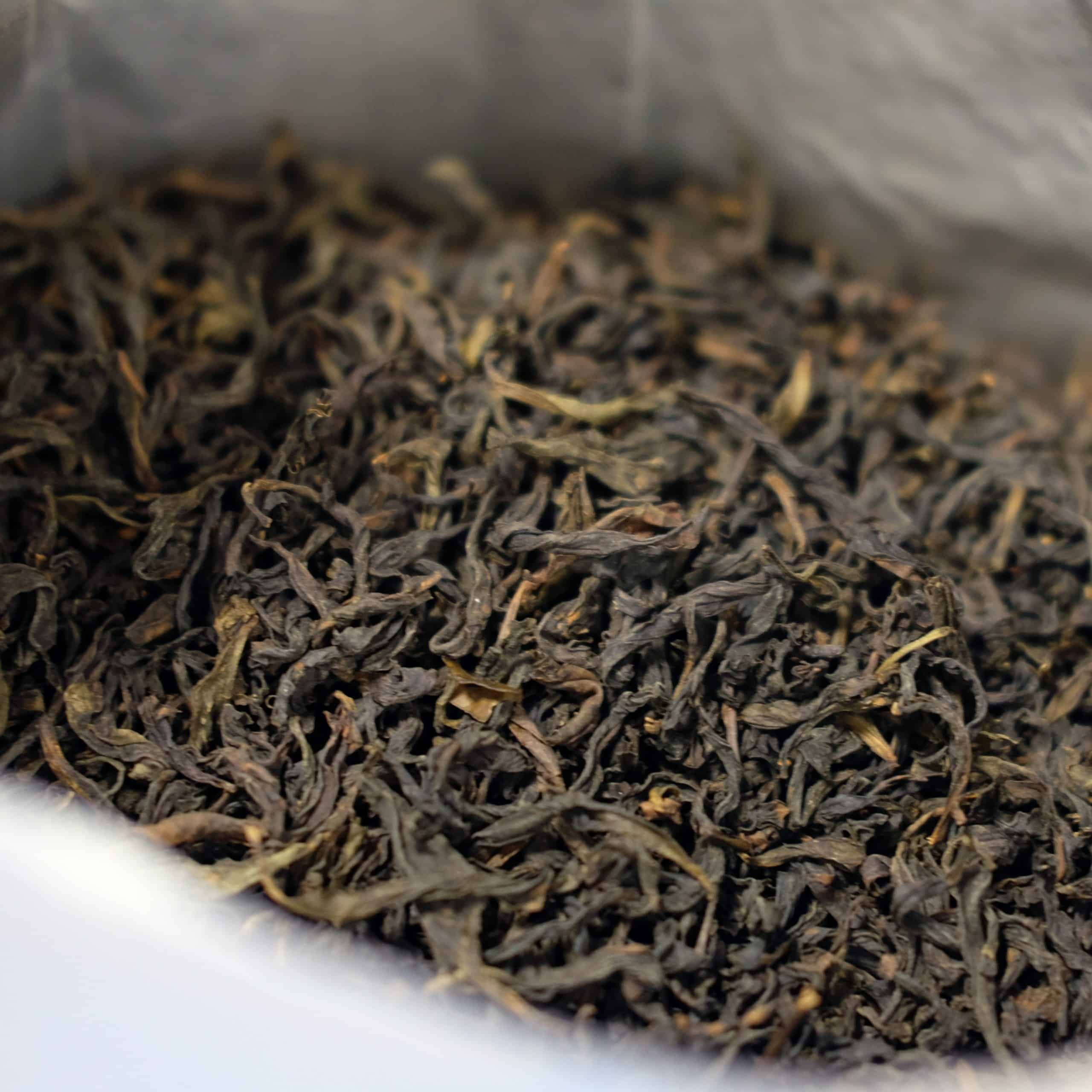
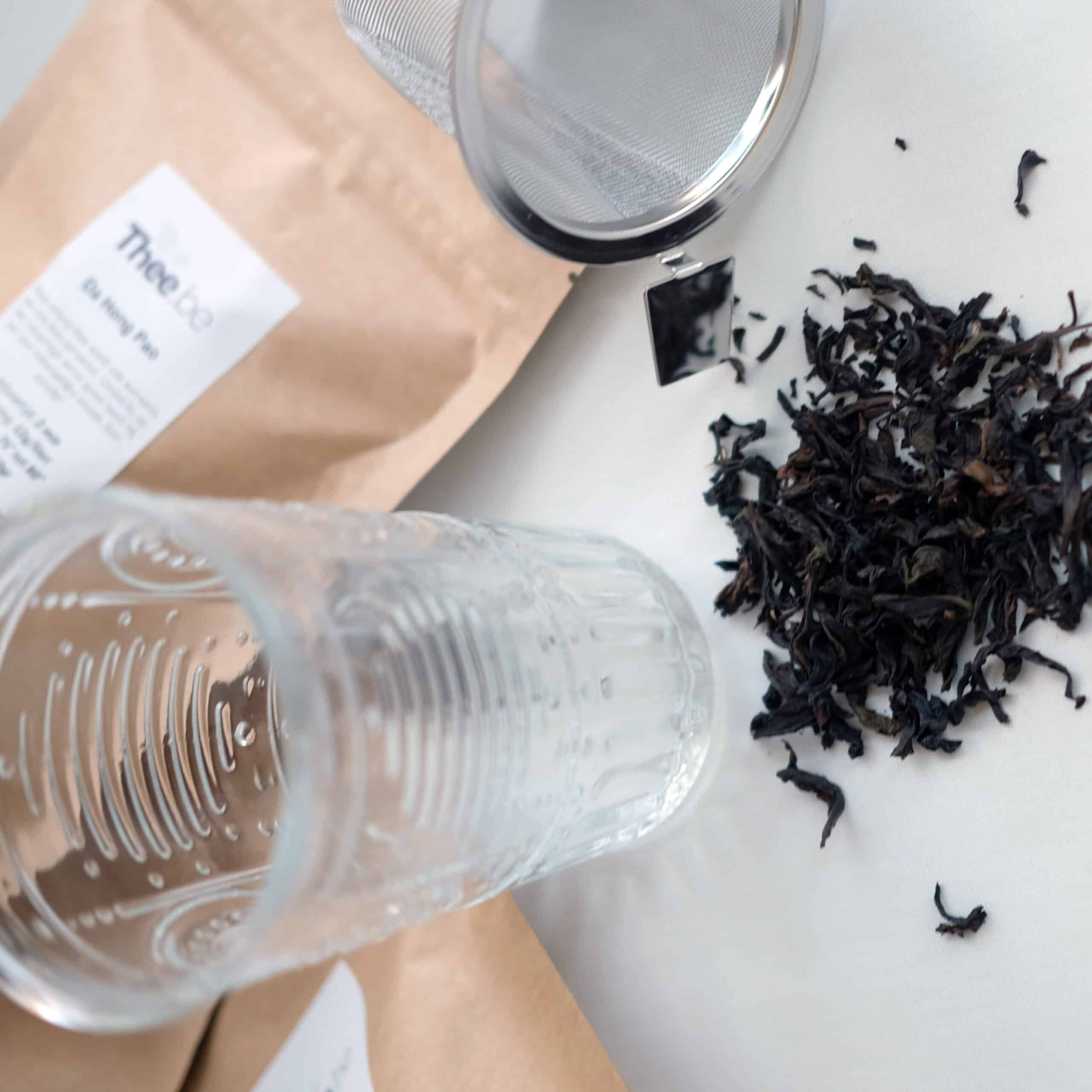
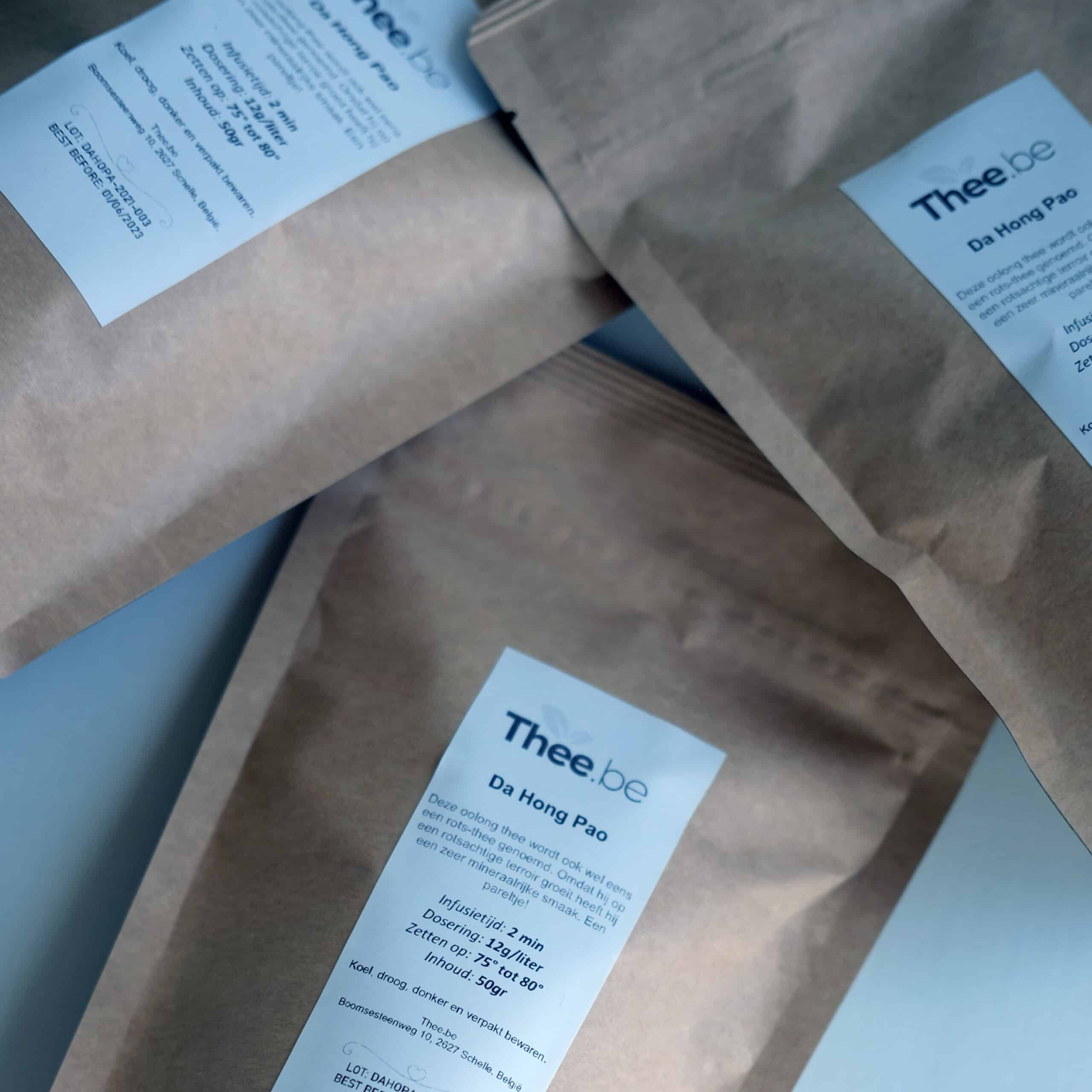
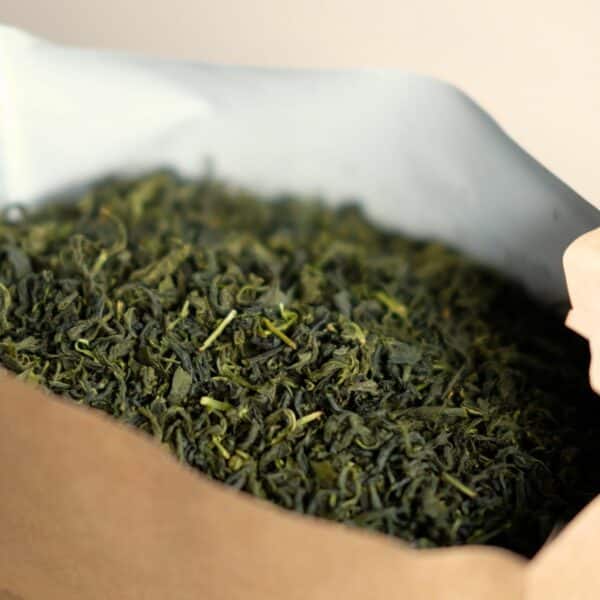
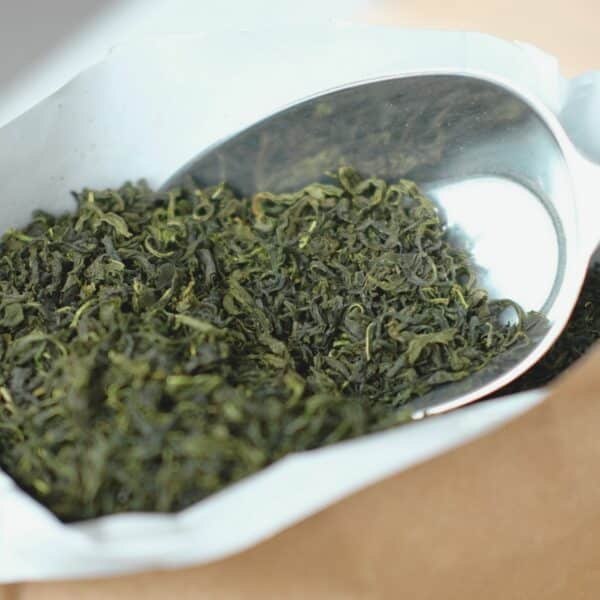
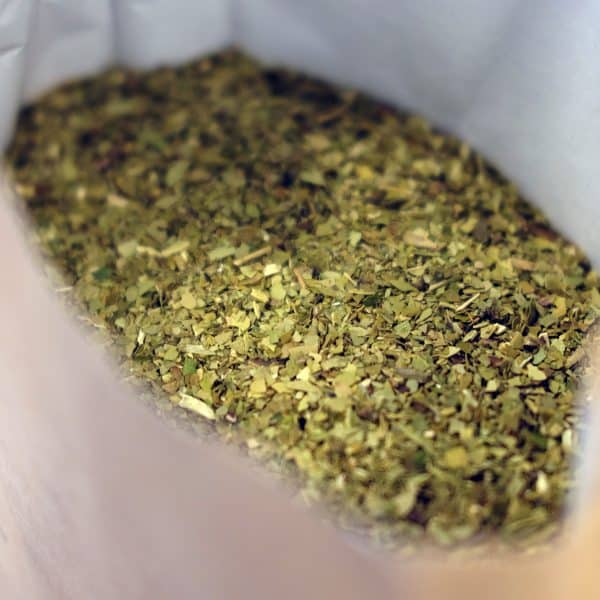
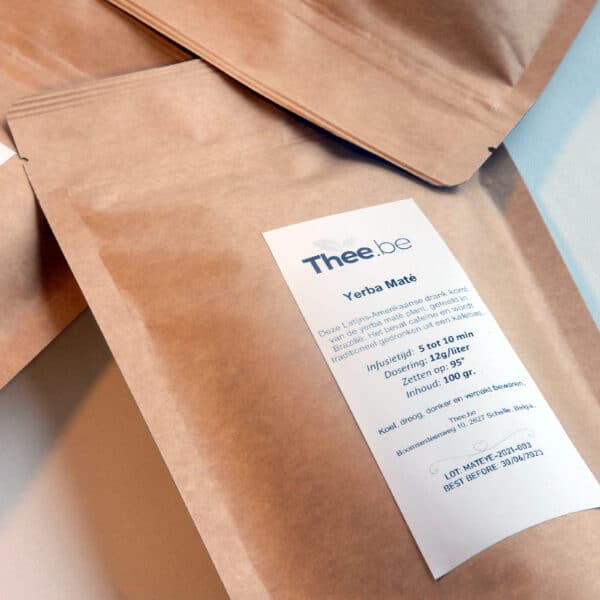
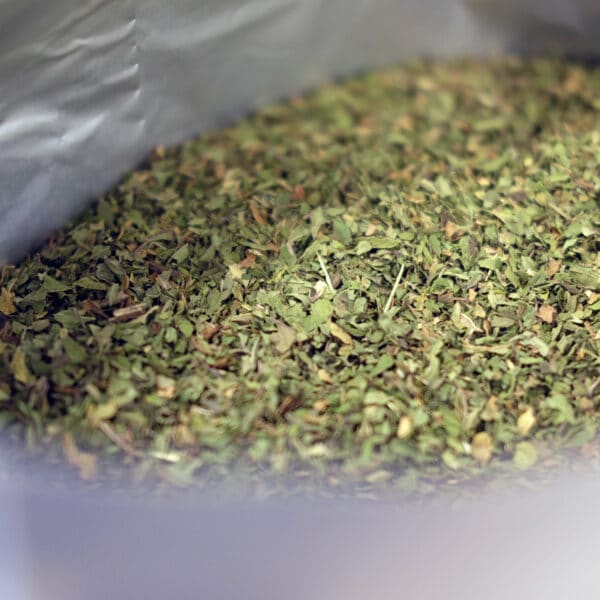
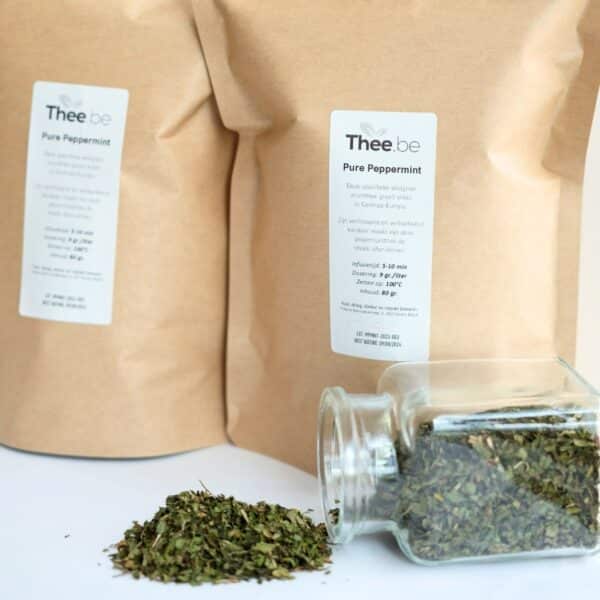
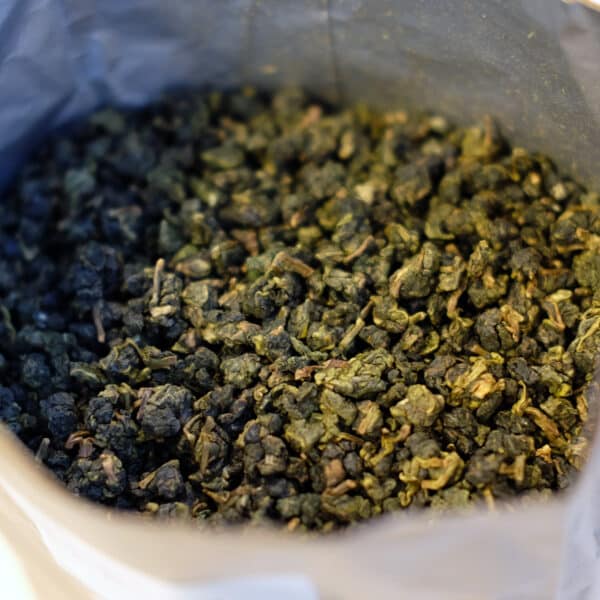
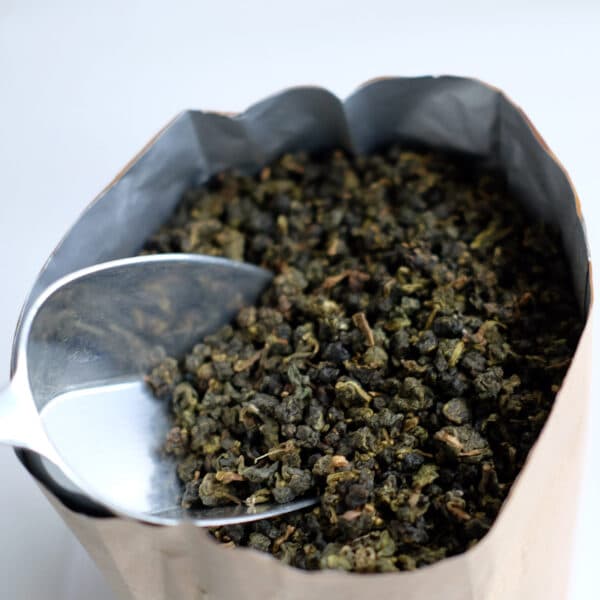
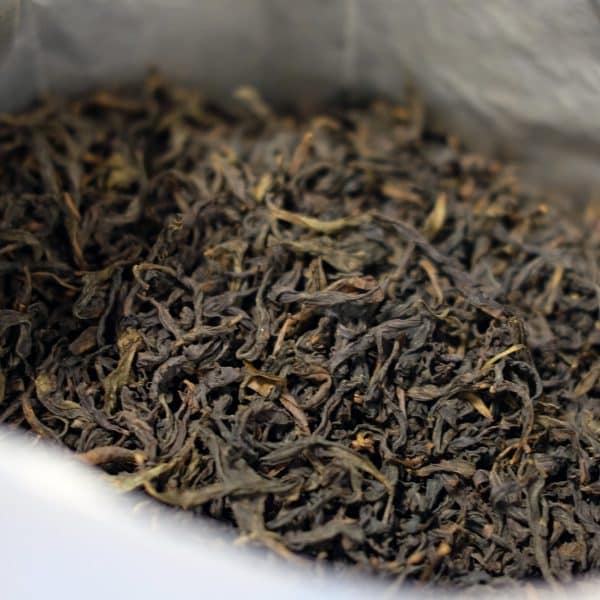
Reviews
There are no reviews yet.